Hammocks are a big hit with outdoor enthusiasts. Strolling through the forest, you’ll find hammocks of all colors swaying between the trees, creating a vibrant scene that’s both captivating and a perfect way to unwind. And when it comes to sleeping in a hammock, using the sky as your blanket, and gazing up at the stars, it’s even more popular in places like North America, taking the joy of living to a whole new level.
Whether you’re snagging one for yourself or thinking about whipping up a variety of hammocks to sell, it’s good to know the top 5 most common hammock materials as below:
Cotton hammock
Usually, fabric and rope hammocks are made from cotton. This is the traditional fabric used in making hammocks, providing a comfortable lounging experience. Cotton and linen blend hammocks, valued for their natural durability, have become the top choice for most people’s home hammocks. However, they can be a bit of a hassle to stow away, lack breathability, and don’t really hold up well in terms of weight.
Moreover, their moisture resistance isn’t the greatest, and nowadays, you rarely see pure cotton hammocks without the addition of polyester fibers to enhance moisture resistance.
Organic cotton is currently popular as well. From a fabric production perspective, it is an environmentally friendly and comfortable material. If you are purchasing organic cotton, be sure to check for certifications like GOTS (Global Organic Textile Standard) to ensure its authenticity.
Click to Enlarge
Canvas hammock
Canvas is a thicker type of cotton or linen fabric, named after its initial use in making ship sails. Hammocks made of canvas are known for their robust strength and incredibly comfortable lounging experience; even friends weighing 200 pounds can kick back without a worry. Moreover, they’re easy to clean and provide a really cozy spot to recline, though their breathability isn’t quite as top-notch.
Canvas hammocks can be a bit hefty, especially when compared to those lightweight nylon or polyester ones.
Click to Enlarge
Nylon hammock
Nylon hammocks are fishnet-style ones. As a synthetic fiber, nylon is made from petroleum products. Tough and durable, it is tough, durable, and hard to mold and rot. With its lightweight feel, excellent breathability, comfort, and quick-drying capabilities, nylon is a common fabric for camping hammock manufacturing.
When lying on it, you can feel the gentle breeze underneath. It’s perfect for lounging by the beach, lake, or poolside. However, the comfort level when lying on it is usually not as cozy as cotton. Plus, it can sometimes press into your skin, leaving those marks – a bit awkward. Many manufacturers often blend it with cotton to enhance comfort.
Click to Enlarge
Parachute cloth hammock
Parachute cloth is basically a high-performance version of nylon, known as Nylon 210T. Regular nylon has a tensile strength of about 5.0cN/dtex, while high-performance nylon can reach up to 7.5 cN/dtex. The woven fabric boasts impressive tear resistance and tensile strength. So nylon 210T becomes a preferred material for parachute manufacturing.
Compared to canvas and cotton hammocks, parachute hammocks are lighter, easier to pack and clean, and more durable, alongside a higher weight-bearing capacity. Regarding activities like picnicking, hiking, and camping, lightweight and load-bearing safety are key considerations. That’s why parachute fabric hammocks have become the mainstream choice in the outdoor hammock market.
Click to Enlarge
Polyester hammock
Polyester is a common material for mesh-style hammocks. You often see these polyester rope hammocks hung between two palm trees. They’re very durable and hard to fade.
Unlike nylon, polyester hammocks are not too stiff to lie on and offer decent comfort. They’re also lightweight, dry quickly, and easy to clean, a good choice for extended use. Manufacturers often blend polyester with cotton to make hammocks more breathable.
Click to Enlarge
What to look out for when choosing hammock fabrics?
Fabric craftsmanship
When it comes to fabric processing, a standout technique worldwide is wrinkle finishing. Through a unique wrinkle treatment, fibers intertwine, granting the hammock exceptional softness and packability. This results in skin-friendly comfort, ensuring a snug fit without any irritating sensations.
As for the stitching, the reinforcement of triple-needle sewing is even more robust and durable compared to common double-edge stitching.
Click to Enlarge
Denier data selection
You might come across a Denier data on some hammocks. This directly measures the hammock’s thread density. Typically, a higher Denier value indicates a sturdier hammock with greater weight-bearing capacity, but it is heavier. Generally, sturdier hammocks employ 70D (Denier) fabric, while lightweight hammocks use 20-30D (Denier) fabric for increased portability.
Usage scenarios
If you’re into nature walks or leisurely hikes, weight becomes a crucial factor. In this case, “lightweight” should be your top priority when selecting a hammock.
For professional outdoor overnight camping, a combination of lightweight, durability, and functionality should be considered. Hammocks with features like mosquito nets, rain resistance, and sun protection are excellent companions for outdoor camping, adapting to various weather changes. In this sense, a hammock is a type of tent.
If you’re mainly traveling by car, comfort takes precedence. You can overlook the weight factor and opt for larger hammocks, or even ones with built-in stands. With a built-in stand, you won’t need to rely on finding two big trees; you can set up your hammock wherever you please.
For indoor use, such as in bedrooms or living rooms, solid wood fabric hammocks like cotton and canvas are incredibly comfortable. Woven rattan hammocks, on the other hand, are usually more compact and are well-suited for placement in living rooms or on balconies.
As a leading sourcing company in China, JingSourcing has integrated quality suppliers specializing in manufacturing hammocks into our database.
For your custom hammock project, we can quickly find suitable suppliers for you and provide competitive quotes. We support hammocks made of various materials of good quality and functions. Our professional agents will assist you in selecting the best printing methods to achieve your desired patterns in the most cost-effective way. And we follow up on production, inspect finished products and arrange shipments to your place at the best rates.
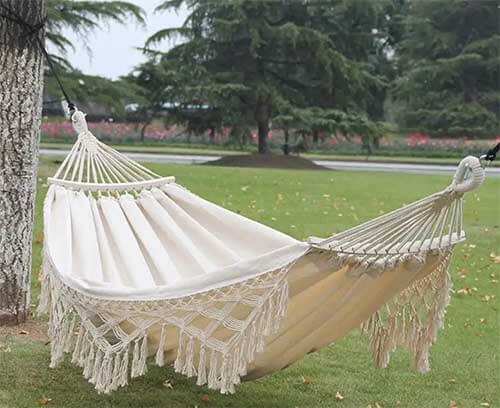


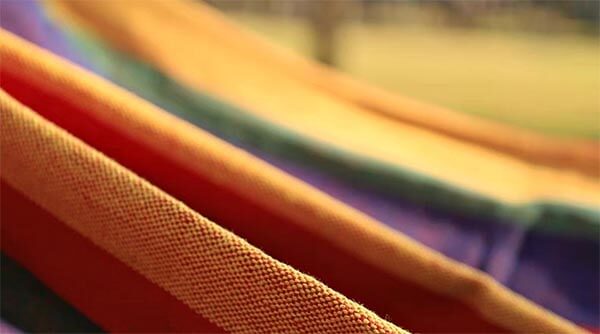
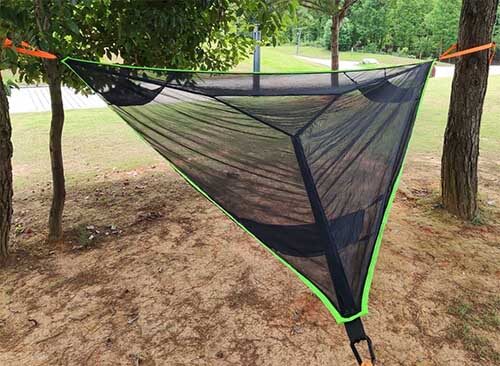

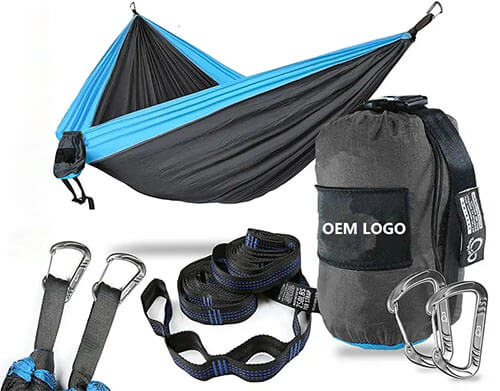
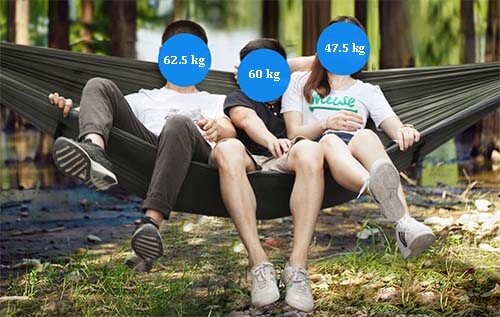
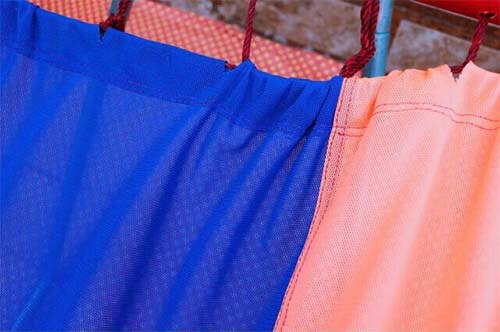
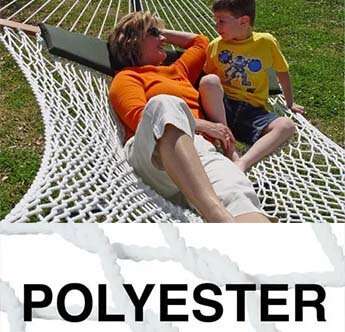
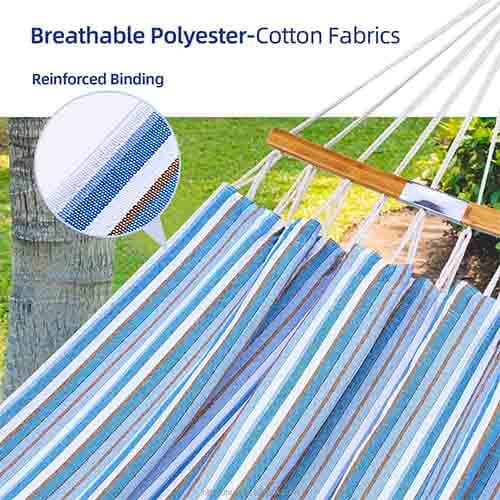
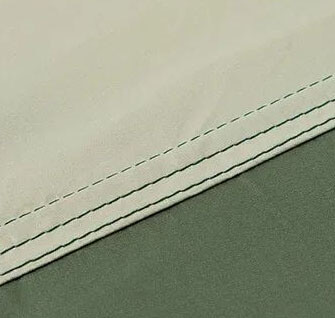
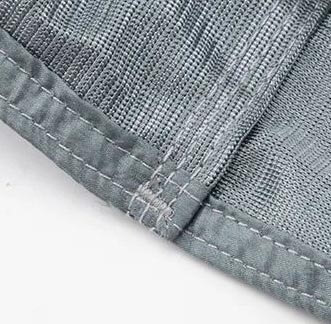

Leave A Comment